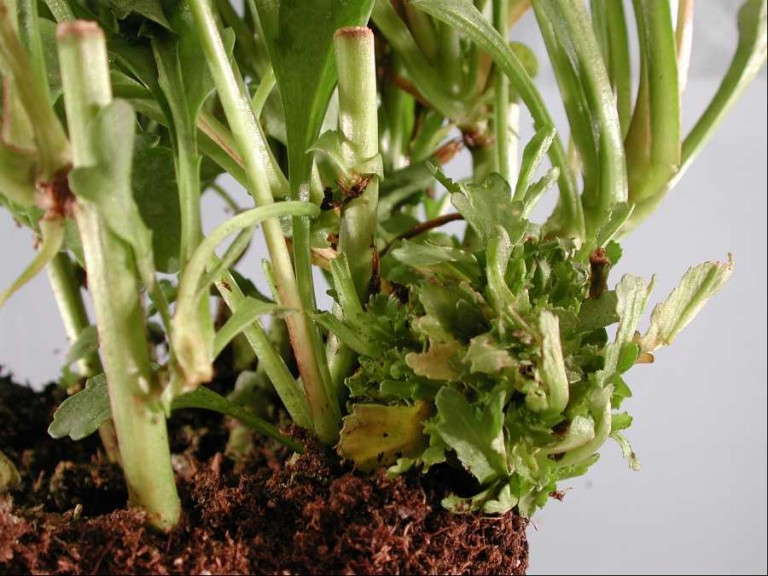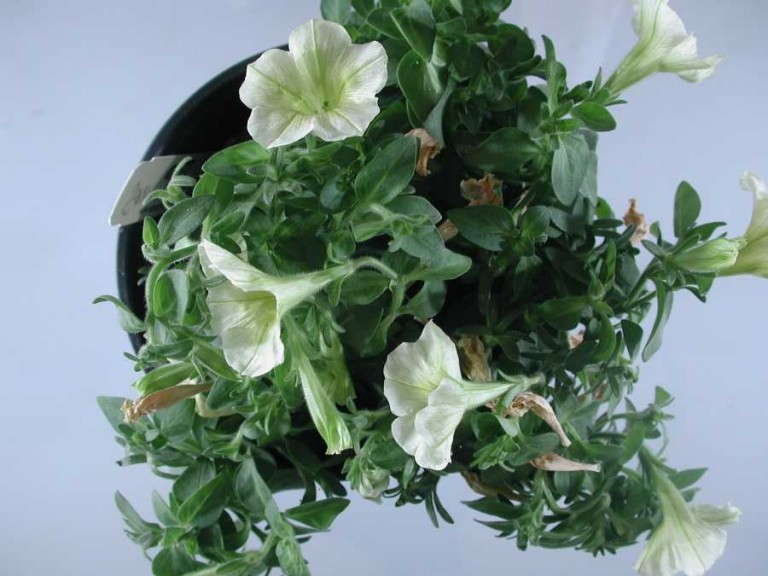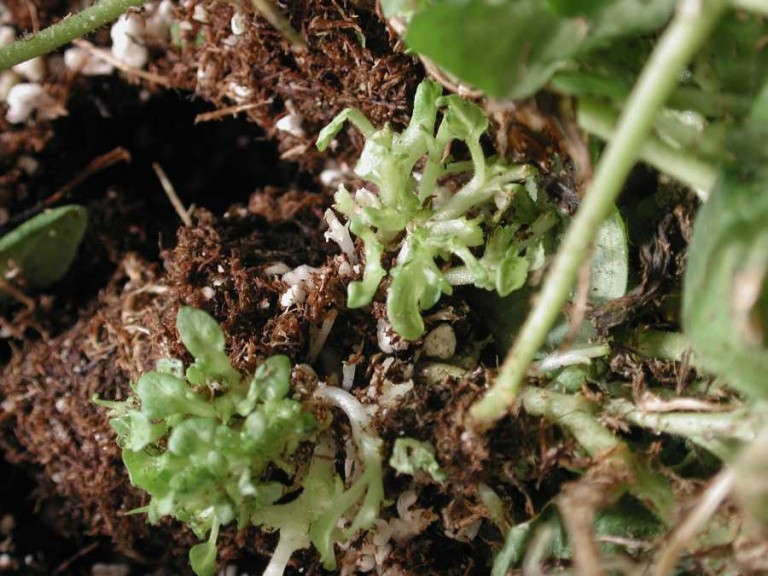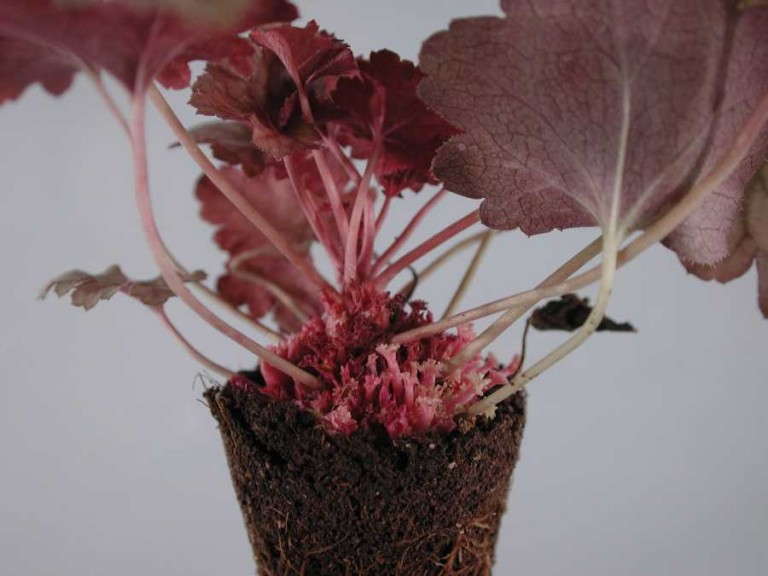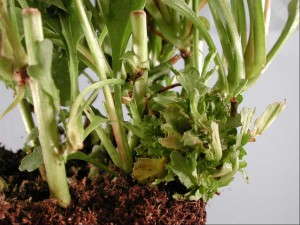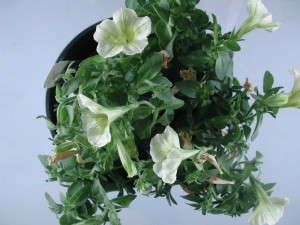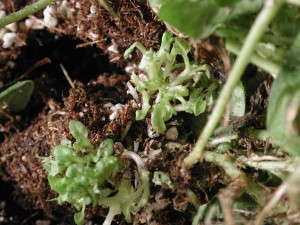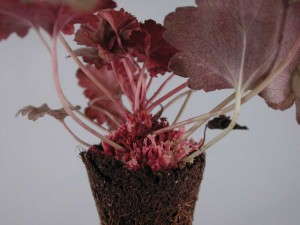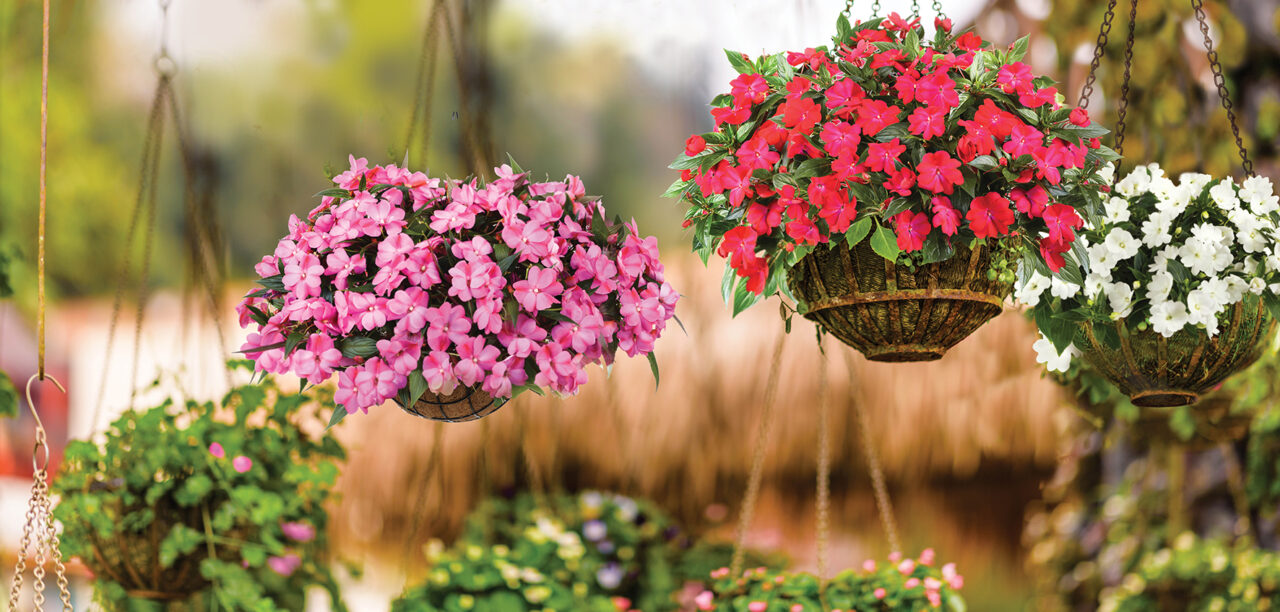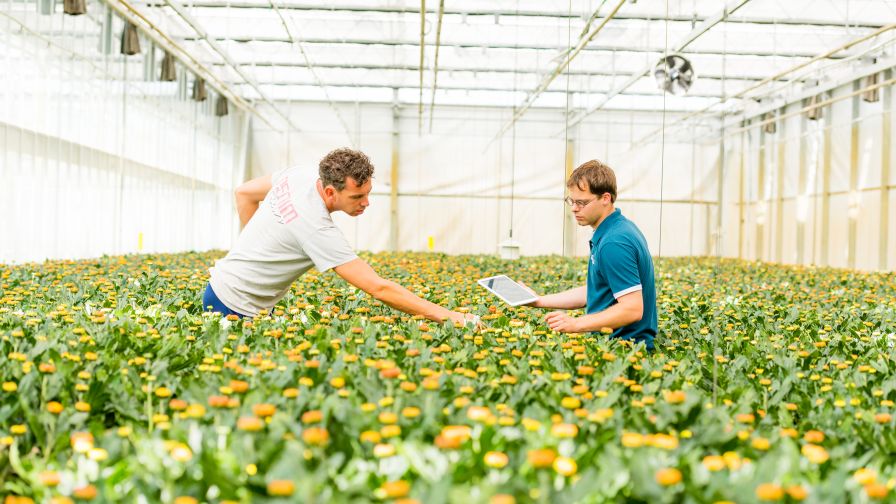How To Prevent Leafy Gall Before You Lose Plants
Start clean to end clean is the ideal condition for plant propagation. But how can this be achieved when disease agents are present but undetected?
This conundrum is represented by the bacterial pathogen Rhodococcus fascians. This little beast has an epiphytic phase, during which it may be present on plant surfaces without causing infection, only later to penetrate plant cells and initiate masses of buds that never fully mature.
This mass of partially expanded buds is called a leafy gall (Figure 1, slideshow), and there is currently no known effective treatment for a diseased plant.
Worse, the disease may not show up until a grower has invested a lot of time and resources in the crop, which then must be thrown out. What can be done about leafy gall disease?
Know How The Bacteria Spreads
The first defense is to know your enemy, or at least know your bacterium. R. fascians has been present in the ornamental plant industry for more than 70 years, yet many people are not aware of it. This may be because the bacteria do not cause leaf spots, wilts or other familiar symptoms. The galls may be present under the soil surface, hence going unnoticed, or appear at the base of the plant, hiding under the foliage (Figures 2 and 2a, slideshow).
[blackoutgallery id=”67339″]Symptoms may also be very difficult to distinguish from growth regulator effects, with good reason. R. fascians is thought to upset the hormonal balance in plants, producing symptoms similar to those produced by growth regulators containing cytokinins.
The bacteria are not known to become systemic within a plant. One question then, is whether a grower can take cuttings of branches or shoots distant from the leafy gall. The short answer is no — at least not if you want clean cuttings. Since the bacteria can reside on the plant’s surface without causing symptoms, you can unknowingly be taking cuttings that harbor the pathogen, thereby perpetuating the problem.
Rhodococcus fascians is like other bacteria in that it may be easily spread through water, and an infected plant may share the bacteria residing on its leaves when water from overhead irrigation washes the pathogen onto the leaves of neighboring healthy plants. It is also likely that bacteria may be passed from pot to pot in ebb-and-flood irrigation systems, since we know that we can detect R. fascians in the saucers under the pots of infected plants and cause leafy gall formation by inoculation of roots (the method by which this happens is unknown).
Although the list of plants that may be infected is rather large, many of the plants on the host list are rarely ever observed with the disease. That’s the good news. The bad news is that many of the plants on the list are common in the trade (Table 1), and some of the most susceptible plants (Table 2) are perennial garden favorites, such as Shasta daisy, petunia and heuchera (Figure 3, slideshow).

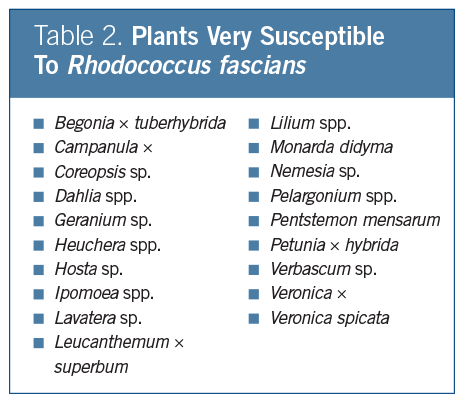
So back to the original question: can you protect your crop from infection? The answer is to analyze your production system from top to bottom to identify points where the bacteria can be entering your system, and work to eliminate the risk at these critical points. The idea is to be proactive rather than reactive. With the latter, you have already lost and are scrambling to contain a problem that could have been prevented. Fortunately, nearly all the principles important in limiting or preventing leafy gall disease will help to prevent many other plant diseases.
7 Steps To Plant Protection
The nuts and bolts of establishing a systems approach for disease management is beyond the scope of this article, but the simple version is to shield your operation by taking a systematic approach to plant protection.
1. Plot out your operations at each stage. Make a simple flow chart of each step of your operation so you can visualize your production system, which will help in your analysis.
2. Recognize hazards. Hazards are the weak points of each step in your flow chart where bacteria could be introduced. Are you buying stock that originated from tissue culture? Or are you taking your own cuttings from plants that are more than a year old and have had the chance to accumulate multiple pathogens? Are pots and trays adequately sanitized between crops? Or are you just knocking out the soil and starting again?
3. Organize approaches to address the hazards. Are new plugs placed next to plants that are already showing problems? If so, reorganize your production houses to prevent putting new material at risk. Avoid the temptation to take cuttings from symptomatic plants or from plants adjacent to diseased plants. For Rhodococcus prevention, if you must grow plants on the “very susceptible” list, use tissue culture plants that have been culture indexed as your elite stock.
4. Target the biggest risk factors first. Prioritize which are the greatest problems and address them before tackling smaller ones. You want to maximize the return on any preventive procedures implemented, especially if they have the potential of affecting a large portion of your crop.
5. Establish protocols. Protocols should be established and designed to minimize introduction of bacteria on an ongoing basis. Communicate these protocols clearly to people at all levels of your operation.
6. Check your plants early and often. Regular scouting can nip newly emerging problems before they put at risk an entire bench or line of plants. If plants with leafy galls are found, immediately remove them, plus any neighboring plants or trays. Plants can be infected with R. fascians for weeks or months prior to symptom development, so even though the plants may look healthy, they could be infected. It’s best to toss them out. Clean up and remove from the house all plant debris from the affected area, and sanitize the benches.
7. Take notes. Keep records on changes that have been made, and whether you are seeing any effect. Quantify effects, if possible. Are you experiencing fewer losses with implementation of new procedures? Good recordkeeping will help you determine whether your efforts are providing the expected benefits.
These measures, followed faithfully, will definitely reduce problems with leafy gall disease and other diseases, as well.
Pictures of leafy gall symptoms and additional information on leafy gall disease are available at the Oregon State University Plant Clinic website at Plant-Clinic.bpp.OregonState.edu. For more information on overhauling your operation for disease prevention, see “A Systems Approach For Management Of Pests And Pathogens Of Nursery Crops,” by Jennifer Parke and Niklaus Grünwald, also available at the link above.




